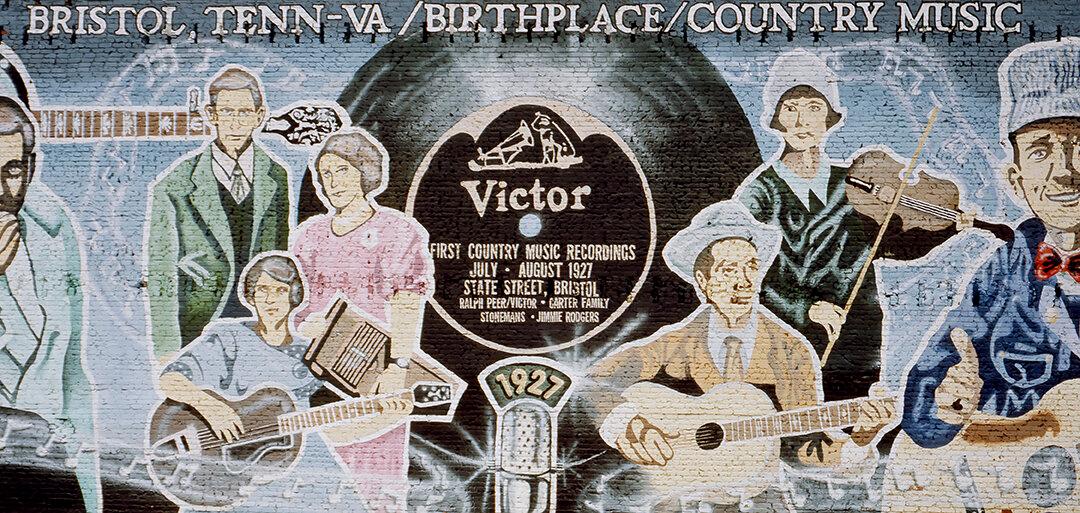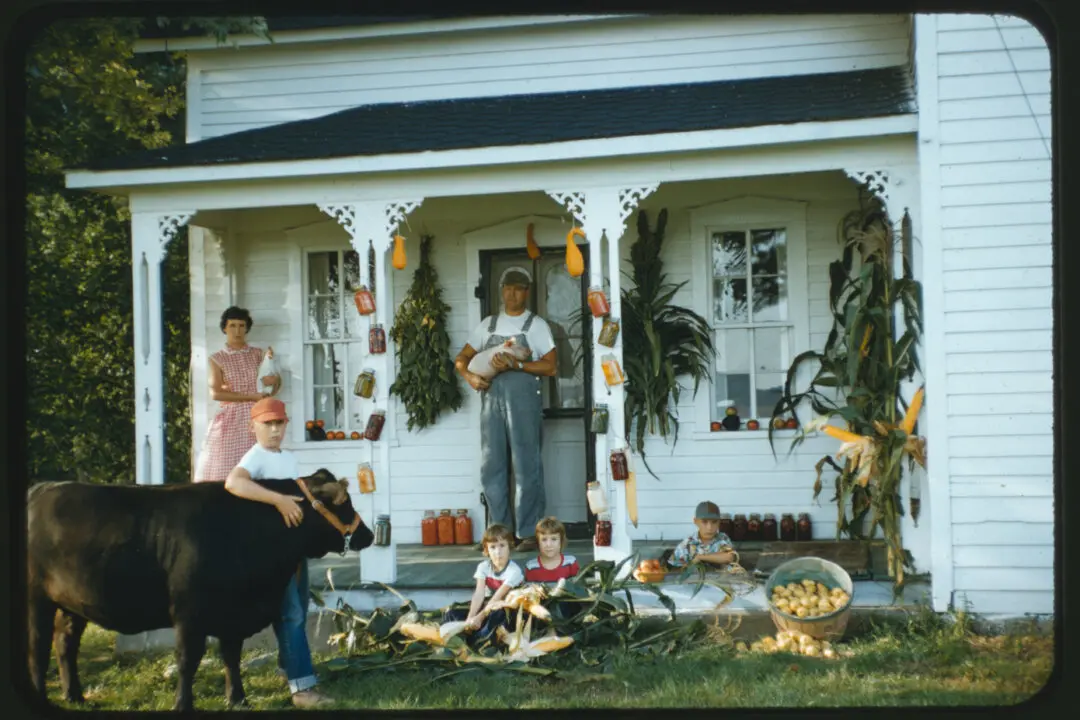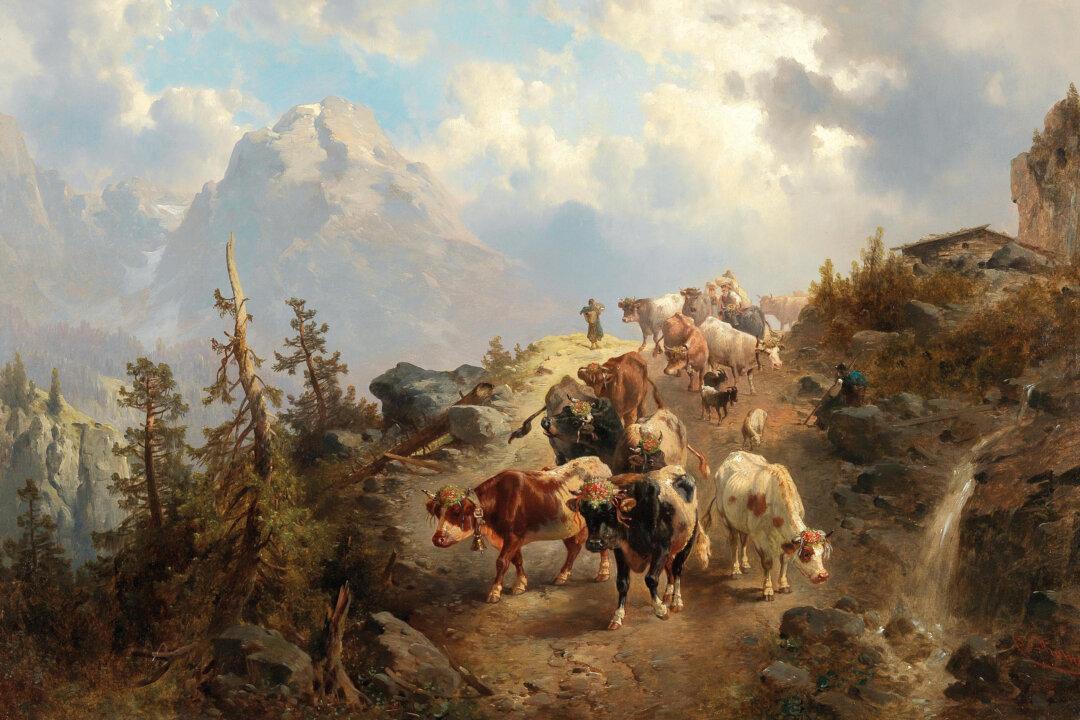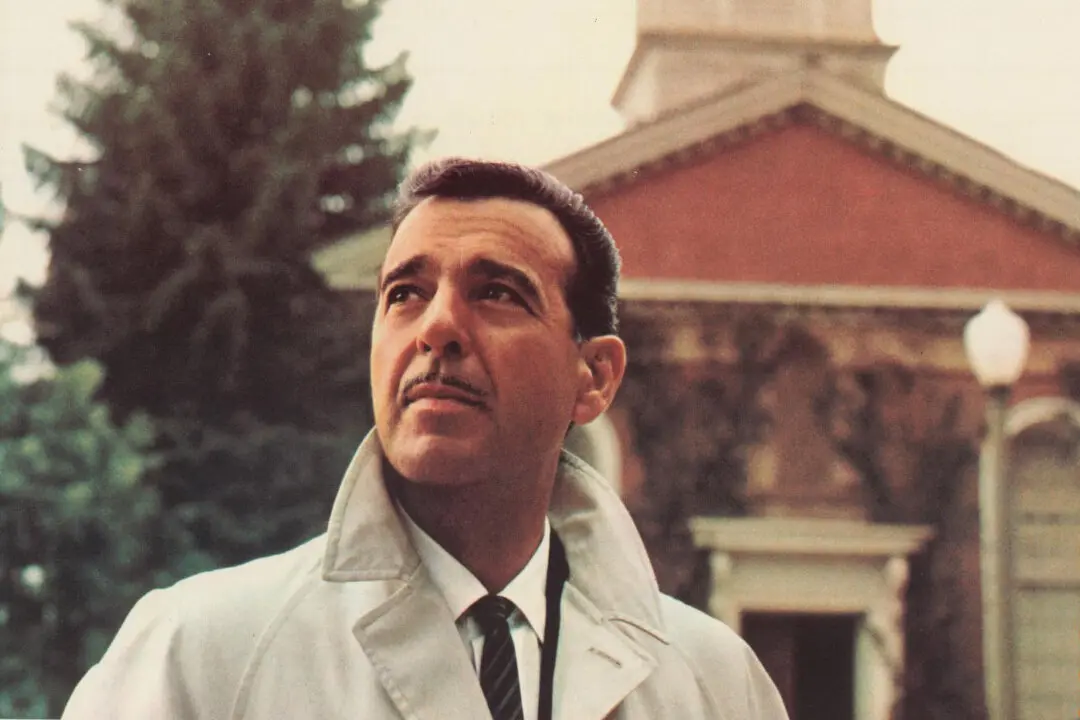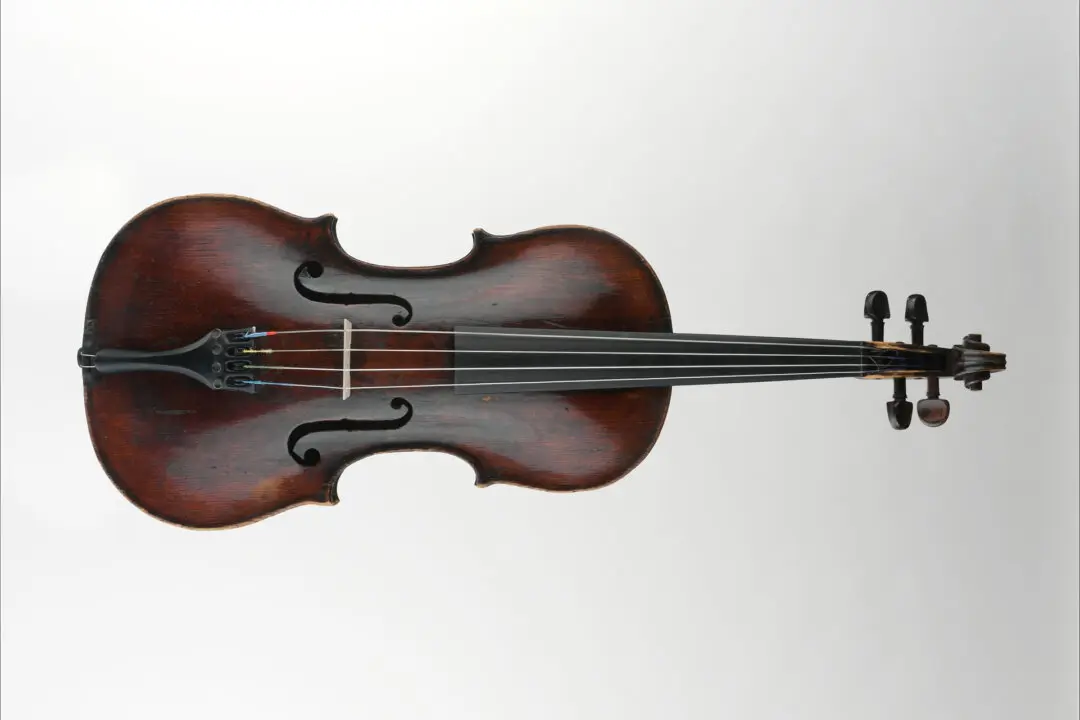Where is the birthplace of country music located? That really depends on where you’re standing in the lively town of Bristol. In the downtown area, “Main Street” is referred to as State Street, and a marker located in the center of the road signifies the division between two states.
On one side of the road, you’ll find yourself standing in Tennessee. On the other side, Virginia. Known as the city where “Tennessee meets Virginia,” its geographical location offers a certain amount of whimsy to travelers, but its history involving the early rumblings of country music is even more impressive.

